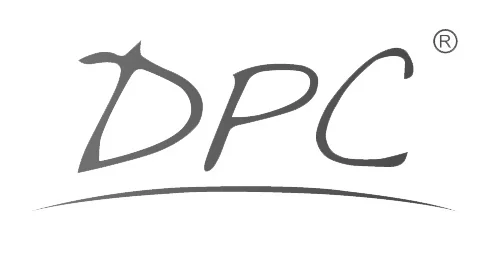Echinacea
Echinacea Angustifolia. Snakeroot. Stone Flower. Cone Flower. The roots and leaves of this herb served as medicine for the Plains Indians. It is said by herbalists to be a natural antibiotic and immune enhancer. It contains a volitile oil that is antiseptic and glycosides as well as phenol, which is an antiseptic. Echinacea is taken to combat colds, infections and inflammations.
Elastin
A protein in connective tissue.
Elder Flowers
Sambucus Nigra. S. canadensis. Sambucus. Black Elder. Bourtree. Judas Tree. Extracted from the honey-scented flowers of the elder tree. Herbal additive to China tea, it contains essential oil, terpenes, glycosides, rutin, quercitrin, mucilage and tannin. The fruits are high in Vitamin C. Used in skin and eye lotions and bath preparations. Mildly astringent, it supposedly keeps the skin soft and clean. Old-time herb doctors used it. Elder flowers increase perspiration and therefore reduce body water. Used to scent perfumes and lotions. Elder flower is used to treat colds and flu; in salves to treat burns, rashes and minor skin ailments; and to diminish wrinkles.
Equisetum Arvense
Horsetail. Shavegrass. Silica. The American Indians and the Chinese have long used horstail to accelerate the healing of bones and wounds. Horsetail is rich in minerals the body uses to rebuild injured tissue. It facilitates the absorption of calcium by the body, which nourishes nails, skin, hair, bones and the body’s connective tissue. The herb helps eliminate excess oil from skin and hair.
Ethoxydiglycol
A liquid solvent prepared from ethylene oxide, a petroleum product. Absorbs water. It is nonirritating and non-penetrating when applied to human skin.
Ethylparaben
Widely used preservative.
